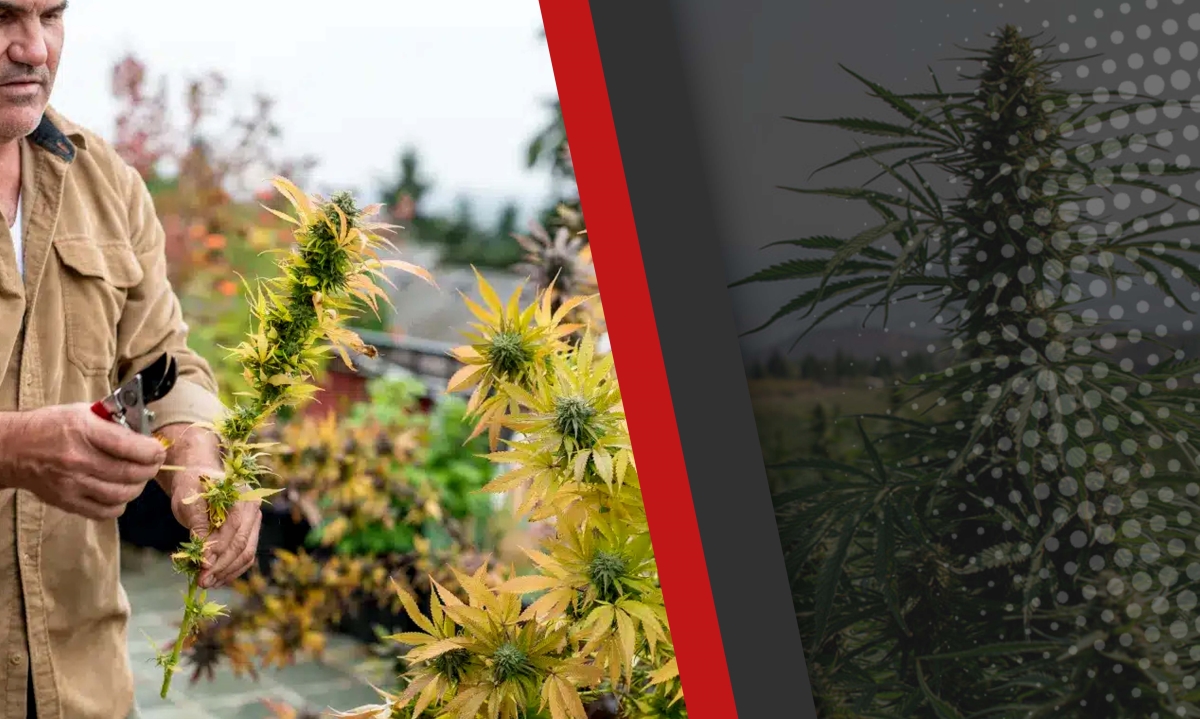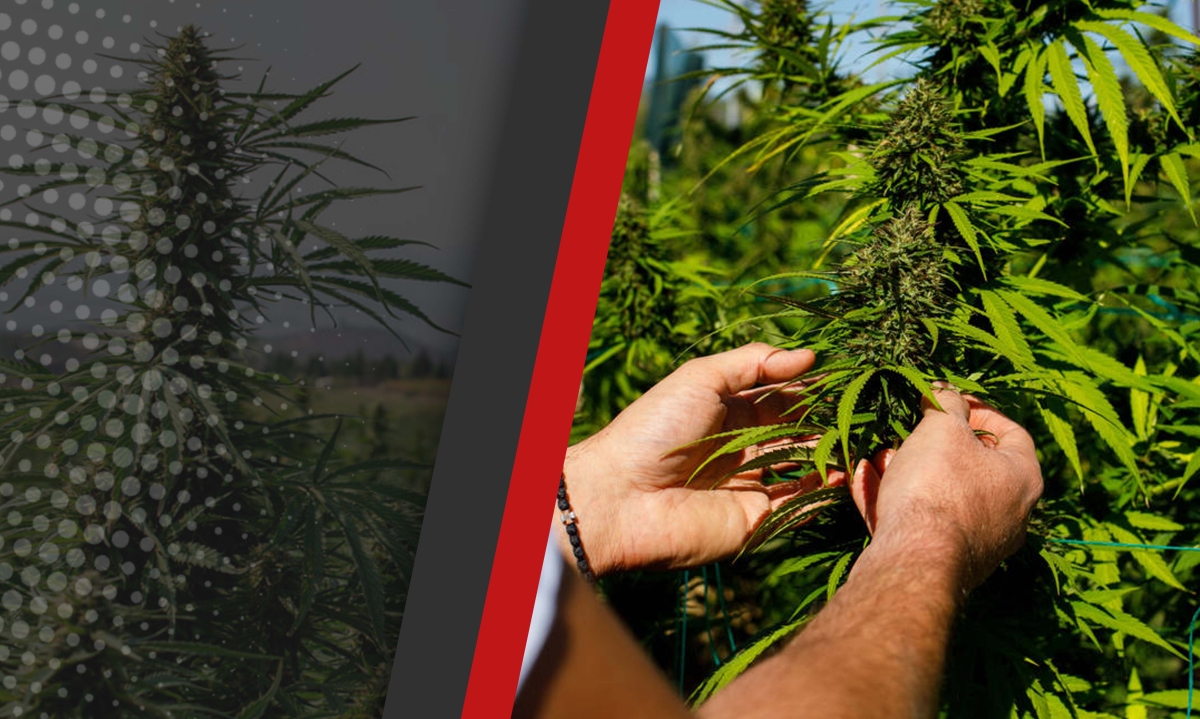Creating a successful outdoor grow nutrient schedule is essential for maximizing the health and yield of your plants. By providing the right nutrients at the appropriate times, you can support vigorous growth and robust flowering, resulting in bountiful harvests. Start by selecting high-quality fertilizers specifically formulated for outdoor cultivation. Consider factors such as soil composition, plant genetics, and environmental conditions when determining the nutrient requirements of your garden.
Regular monitoring and adjustment of your nutrient schedule throughout the growing season will help ensure optimal nutrient uptake and plant health. Remember to follow manufacturer instructions and consult with experienced growers for personalized guidance. With a well-planned nutrient schedule, you can nurture thriving plants and enjoy a successful outdoor grow season.
Table Of Contents
- Early Growth Stage (Seedling to Vegetative Growth)
- Mid-Stage Growth (Pre-Flowering)
- Late Growth Stage (Flowering to Harvest)
Marijuana Plants Nutrients – Macro & Micronutrients
Nutrient Management
Fertilizing Cannabis Plants Outdoors
Conclusion
Frequently Asked Questions
Cannabis Nutrient Schedule
Outdoor cannabis cultivation requires meticulous attention to detail, including providing the right nutrients at the right time. A well-crafted nutrient schedule can enhance plant health, maximize yields, and optimize the quality of your harvest. In this guide, we’ll outline a nutrient schedule tailored for outdoor cannabis growers.
Early Growth Stage (Seedling to Vegetative Growth)
During the early growth stage, cannabis plants require a balanced nutrient regimen to establish healthy root systems and robust vegetative growth.
Seedling Stage (Week 1-2):
- Use a light nutrient solution with a balanced N-P-K ratio (Nitrogen, Phosphorus, Potassium) to avoid overwhelming the delicate seedlings.
- Apply a mild dose of root stimulator to encourage healthy root development and improve nutrient uptake.
Vegetative Growth (Week 3-6):
- Transition to a nitrogen-rich fertilizer to support lush foliage growth.
- Incorporate micronutrients such as calcium, magnesium, and iron to prevent deficiencies and promote overall plant health.
- Gradually increase nutrient concentrations as the plants develop, but avoid overfeeding to prevent nutrient burn.
Mid-Stage Growth (Pre-Flowering)
As cannabis plants enter the pre-flowering stage, they have increased nutrient demands to support bud development and prepare for the flowering phase.
Pre-Flowering (Week 7-8):
- Begin introducing phosphorus-rich fertilizers to stimulate flower formation and enhance bud production.
- Maintain a balanced nutrient profile, ensuring plants receive adequate nitrogen alongside phosphorus and potassium.
- Consider supplementing with organic additives such as bat guano or worm castings to enrich the soil and provide additional nutrients.
Late Growth Stage (Flowering to Harvest)
During the late growth stage, focus on optimizing nutrient uptake to promote bud maturation, resin production, and overall plant health.
Flowering (Week 9-12+):
- Increase phosphorus and potassium levels to support bud development and enhance flower quality.
- Reduce nitrogen levels to prevent nutrient imbalances and encourage the plant to prioritize bud production over foliage growth.
- Incorporate bloom boosters or flowering enhancers containing essential nutrients, amino acids, and vitamins to maximize flower size, potency, and aroma.
Ripening (Final Weeks)
- Gradually reduce nutrient concentrations to facilitate the flushing process, allowing plants to metabolize excess nutrients and enhance the final taste and smoothness of the buds.
- Consider using a flushing agent or organic flushing solution to remove any residual salts or nutrients from the growing medium.
A customized outdoor nutrient schedule enhances cannabis growth, boosts yields, and ensures potent, aromatic buds. Regularly monitor plant health, adjust nutrients accordingly, and provide attentive care through each growth stage for optimal results in your outdoor cannabis garden.
Marijuana Plants Nutrients – Macro & Micronutrients
Macro and micronutrients are essential elements required by cannabis plants to thrive. Macro nutrients are needed in larger quantities, while micronutrients are essential in smaller amounts.
Macro Nutrients
- Nitrogen (N):
Nitrogen is vital for vegetative growth, aiding in the synthesis of proteins and chlorophyll. Deficiencies result in stunted growth and yellowing leaves. - Phosphorus (P):
Phosphorus plays a crucial role in root development, flower formation, and energy transfer within the plant. Insufficient phosphorus leads to poor flowering and low yields. - Potassium (K):
Potassium regulates water uptake, enhances disease resistance, and promotes overall plant vigor. Deficiencies manifest as weak stems and leaf margins.
Micronutrients
- Iron (Fe):
Iron is essential for chlorophyll synthesis and enzyme function. Iron deficiency causes interveinal chlorosis and stunted growth. - Zinc (Zn):
Zinc aids in enzyme activation and hormone regulation. Zinc deficiency leads to distorted leaf growth and reduced internodal spacing. - Manganese (Mn):
Manganese is involved in photosynthesis and nitrogen metabolism. Manganese deficiency results in yellowing leaves with green veins. - Boron (B):
Boron facilitates cell division and sugar transport. Boron deficiency leads to distorted growth and poor flower development.
Nutrient Management
Proper nutrient management involves maintaining the right balance of macro and micronutrients throughout the plant’s lifecycle. This can be achieved through:
- Soil Testing: Conduct soil tests to determine nutrient levels and adjust fertilizer accordingly.
- Quality Fertilizers: Use reputable fertilizers specifically formulated for cannabis cultivation, ensuring a balanced nutrient profile.
- pH Monitoring: Regularly monitor pH levels to optimize nutrient uptake. Cannabis thrives in slightly acidic soil with a pH range of 6.0-6.5.
- Watering Practices: Avoid overwatering, which can lead to nutrient leaching, and ensure proper drainage to prevent nutrient buildup.
Fertilizing Cannabis Plants Outdoors
When it comes to cultivating cannabis outdoors during the summer months, employing effective fertilization strategies is paramount to ensure healthy growth and abundant yields. As outlined in a comprehensive guide by Advanced Nutrients, understanding the specific nutritional needs of cannabis plants in outdoor settings is essential for maximizing their potential.
- Selecting the Right Fertilizer
Choosing the appropriate fertilizer for outdoor cannabis cultivation depends on various factors such as soil composition, climate, and plant stage. Opt for organic or slow-release fertilizers to provide a steady supply of nutrients over an extended period. Consider supplementing with micronutrients to address any deficiencies and promote overall plant health. - Timing and Application
Timing is crucial when fertilizing outdoor cannabis plants. Begin fertilization during the early vegetative stage, typically after the seedlings have established a robust root system. Apply fertilizer evenly around the base of the plants, ensuring proper absorption by the roots. Avoid over-fertilizing, as it can lead to nutrient burn and other adverse effects. - Nutrient Requirements
Cannabis plants need more nitrogen (N) during the vegetative phase to maintain their rapid growth and leaf development. To promote abundant flowering and bud formation when they enter the flowering stage, modify the fertilizer formulation to incorporate higher quantities of phosphate (P) and potassium (K). - Supplemental Feeding
To improve nutrient uptake and leaf health in outdoor cannabis cultivation, supplement regular fertilization with foliar sprays or nutrient teas. These additives offer extra nutrients during key growth phases, promoting healthier plants and better resistance to environmental challenges. - Monitoring and Adjustments
Regularly monitor the health and progress of outdoor cannabis plants to assess their nutrient requirements accurately. Conduct soil tests periodically to determine nutrient levels and adjust fertilization accordingly. Pay attention to any signs of nutrient deficiencies or excesses, such as yellowing leaves or stunted growth, and take prompt action to address them.
Conclusion
When it comes to cultivating high-quality cannabis plants, a well-structured nutrient schedule is essential. A well-executed nutrient schedule is vital for achieving optimal growth, yield, and potency in cannabis plants. Growers may develop vibrant, healthy plants with superior cannabinoid profiles by following this detailed guidance and modifying fertilizer levels based on plant response. Remember to always monitor pH levels, soil moisture, and plant health throughout the growth cycle for best results.
Frequently Asked Questions
1. When to start giving seedlings nutrients?
After germination, seedlings usually don’t need extra nutrients during the first few weeks. To promote healthy growth, it is appropriate to gradually introduce diluted nutrient solutions once they establish their first set of true leaves and roots, which normally occurs two to three weeks after germination.
2. What type of fertilizer is best for marijuana?
Choose a fertilizer specifically designed for marijuana cultivation, considering factors like soil type, plant stage, and nutrient needs. Organic or slow-release fertilizers are often preferred for their balanced nutrient supply.
3. What type of fertilizer should I use for outdoor grows?
Choose a fertilizer specifically formulated for cannabis cultivation, considering factors such as soil composition, climate, and plant stage. Organic or slow-release fertilizers are often preferred for their steady nutrient release.
4. How often should I fertilize my outdoor cannabis plants?
Frequency of fertilization depends on factors like soil type, weather conditions, and plant stage. Generally, outdoor cannabis plants benefit from regular fertilization every 2-4 weeks during the growing season.
5. How to feed weed plants properly?
To feed weed plants, use a balanced fertilizer formulated for cannabis cultivation. Apply the fertilizer equally around the base of the plants after diluting it by the the producer’s recommendations. To avoid nutrient surpluses or deficiencies, keep an eye on plant response and modify the quantities of nutrients as necessary.





